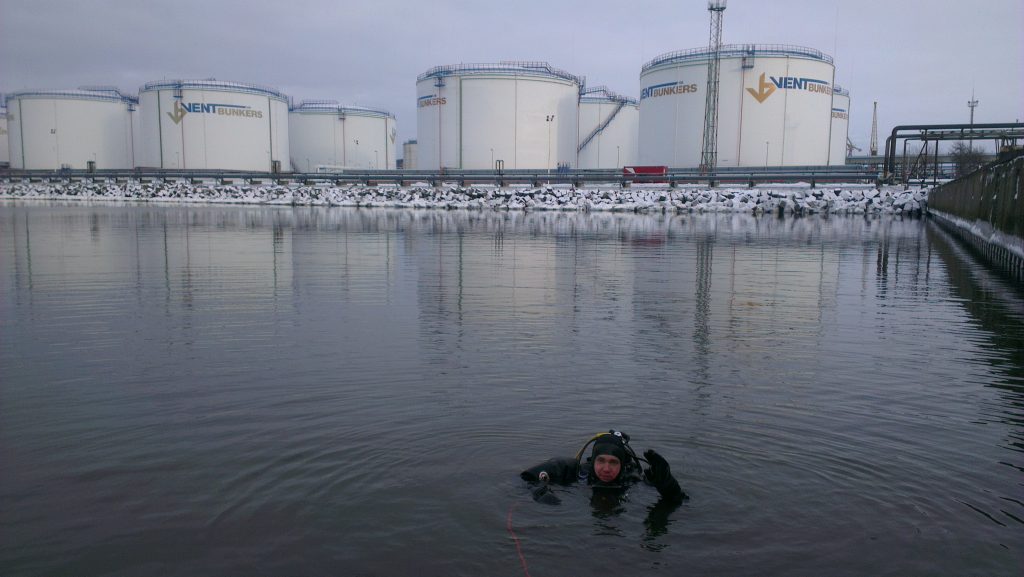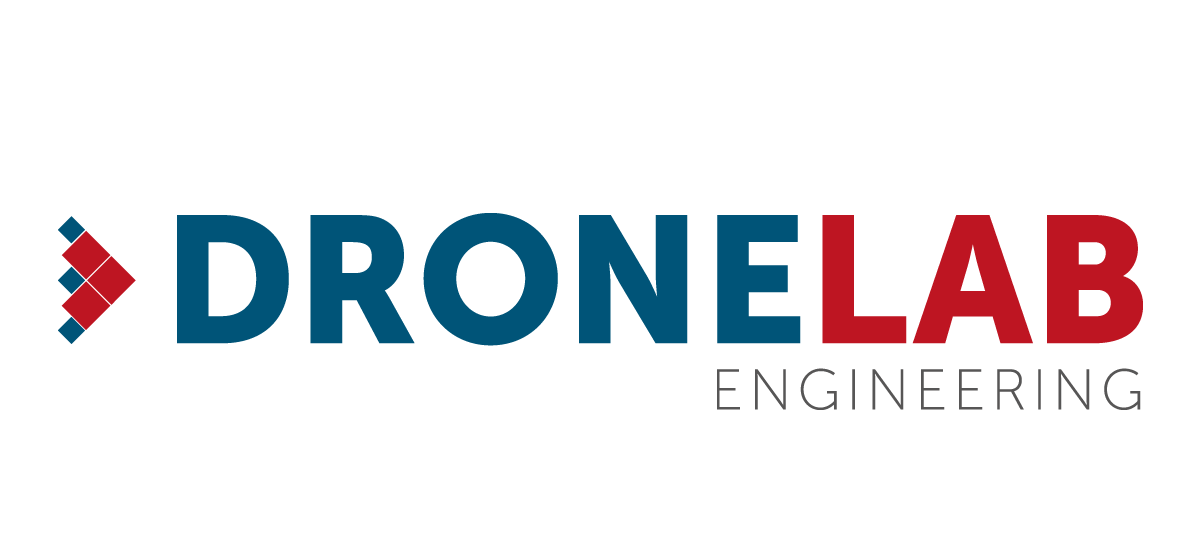In the ever-evolving field of underwater construction, the surveying and recovery of substantial metal objects serve as critical precursors to successful project implementation. This study delves into the methodologies and cutting-edge equipment utilized by Dronelab’s commercial diving team in their pursuit of precision and thoroughness in underwater inspections, specifically focusing on the recovery of large metal objects before the initiation of construction works.

1. The Dronelab Approach: A Comprehensive Overview:
This section provides an in-depth overview of Dronelab’s approach to underwater surveying. It highlights the company’s commitment to employing a diverse array of methods, combining technological innovation with skilled professionals to ensure a meticulous inspection of submerged areas.
2. The Human Element: Commercial Diver Underwater:
At the heart of Dronelab’s operations lies the expertise of commercial divers. This segment explores the role of these professionals, detailing their underwater maneuvers, inspection techniques, and the integration of hands-on skills in synergy with advanced technology.
3. Unveiling the Depths: Underwater Magnetometers and Gradiometers:
Dronelab’s underwater inspection team employs state-of-the-art magnetometers and gradiometers to unravel the secrets of the ocean floor. This part of the study delves into the science behind these instruments, elucidating their magnetic sensing capabilities and how they contribute to the identification and recovery of large metal objects beneath the waves.
4. Precision in Action: Underwater Metal Detectors:
Another tool in Dronelab’s arsenal is the underwater metal detector, a device designed for precision in locating and identifying metallic objects. This section explores the scientific principles behind these detectors and their role in ensuring that no submerged metal element escapes the scrutiny of the survey team.
5. Echoes from the Deep: Side Scan Sonars in Underwater Surveying:
Dronelab’s commitment to thorough underwater inspections extends to the utilization of side-scan sonars. This part of the study elucidates the principles behind side scan sonars, detailing how they create detailed images of the seafloor and provide valuable information for identifying and recovering large metal objects.
6. Technology at Work: Professional Equipment for Underwater Surveying:
Beyond individual methodologies, this section provides an exhaustive examination of the professional equipment employed by Dronelab’s underwater inspection team. From remotely operated vehicles (ROVs) to advanced diver propulsion vehicles (DPVs), the study outlines how these tools complement each other to ensure a comprehensive survey of the underwater environment.
Conclusion:
In conclusion, Dronelab’s approach to underwater surveying and the recovery of significant metal objects is a testament to the seamless integration of skilled professionals and cutting-edge technology. The meticulous use of underwater magnetometers, gradiometers, metal detectors, and side-scan sonars, alongside a sophisticated array of professional equipment, underscores the commitment to precision and thoroughness in their survey work.
References:
Elements of Science:
As we dissect the methodologies employed by Dronelab’s commercial diving team, the study emphasizes the scientific rigor underpinning each technique. From the magnetic principles guiding the magnetometers to the acoustic science enabling side-scan sonars, the article highlights that, at its core, underwater surveying is an intricate dance of technology and scientific understanding. Dronelab’s commitment to staying at the forefront of these advancements ensures that the secrets hidden beneath the ocean’s surface are unveiled with unparalleled precision.
